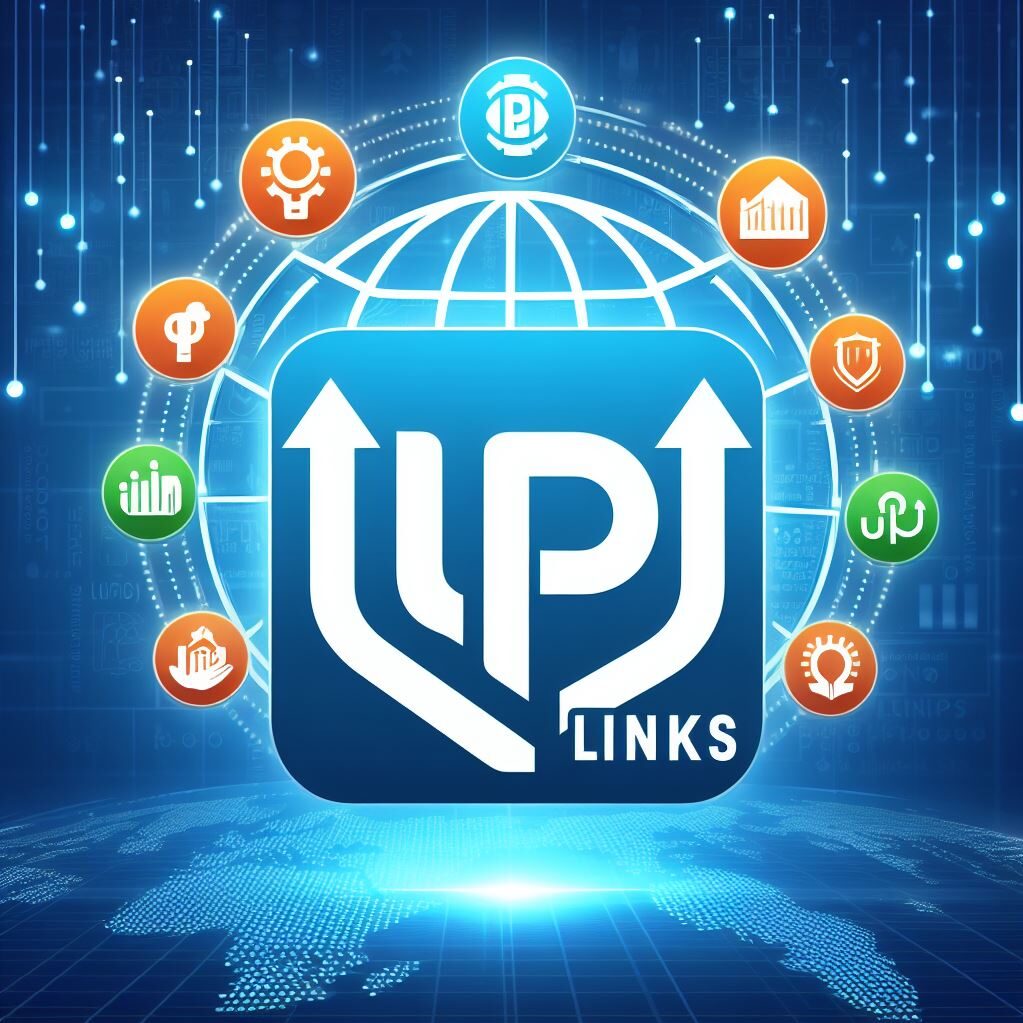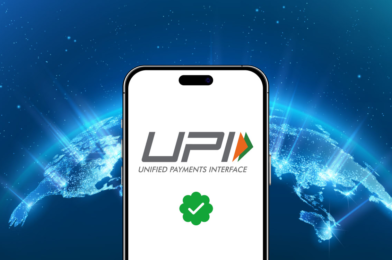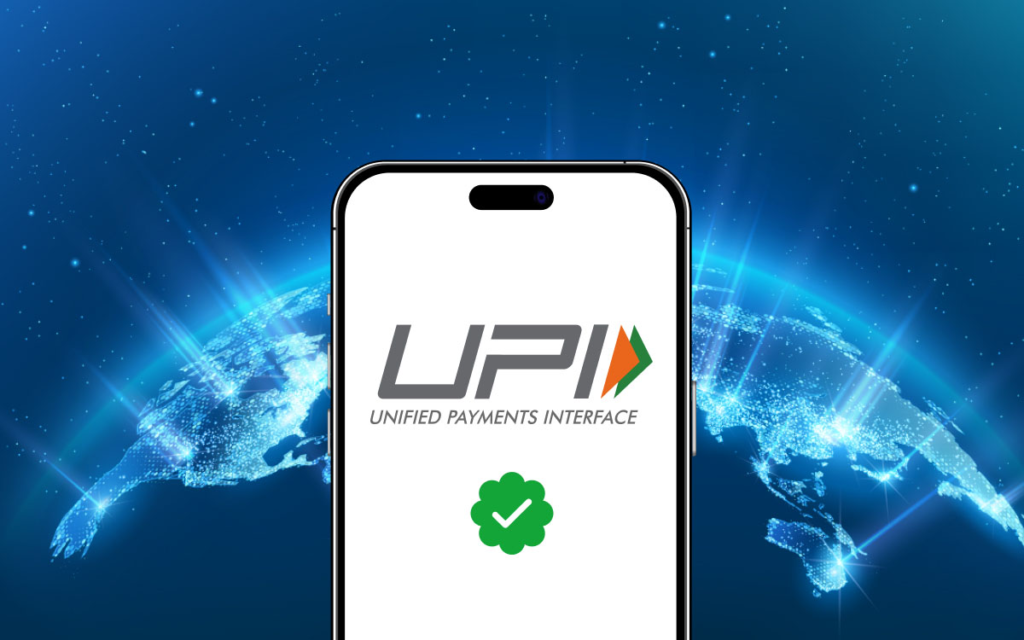India is solidifying its position as a global leader in digital payment technologies, with the internationalization of the Unified Payments Interface (UPI) progressing swiftly, according to a report by the Reserve Bank of India (RBI). The UPI achieved a significant milestone in October, recording 16.6 billion transactions in a single month, alongside notable improvements in its performance metrics.
Successful instant debit reversals, for example, increased to 86% in October 2024, up from 77% during the same period last year. Highlighting UPI’s capabilities, RBI Deputy Governor Michael Debabrata Patra noted its ability to integrate multiple bank accounts into a single mobile application, enabling seamless peer-to-peer (P2P) and person-to-merchant (P2M) interbank transactions.
Innovations Driving Digital Financial Growth
Patra highlighted other advancements complementing UPI’s success:
- Account Aggregators and OCEN: Innovations such as the Account Aggregator framework and the Open Credit Enablement Network (OCEN) are driving productivity gains by streamlining access to digital credit.
- ONDC Expansion: The Open Network for Digital Commerce (ONDC) now operates in over 720 cities, handling 49.72 million orders as of March 2024.
- TReDS for MSMEs: The Trade Receivables Discounting System (TReDS) addresses the ₹52.2 trillion credit gap faced by MSMEs, reducing funding costs by up to 2.5 percentage points. The value of invoices financed through TReDS has grown over 23 times since its inception.
Rising Digital Adoption and Embedded Financing
India’s digital revolution is reaching wider demographics:
- Internet Usage: Approximately 40% of the rural population and 78% of people aged 20-30 actively use the internet.
- E-Commerce Growth: Around one-third of households engage in online purchases, with a growing share in categories such as consumer durables and food.
The emergence of embedded financing is reshaping the FinTech landscape. Its share in FinTech funding has grown from 2% in 2020 to 9% in 2024, indicating rising demand for integrated financial solutions.
Digitalisation Index Reflects Economic Transformation
To measure the impact of digitalization, the RBI has developed a Digitalization Index using a dynamic factor model (DFM). The index indicates steady growth, reflecting the ongoing transformation of India’s economy. This digital shift is also influencing monetary policy transmission, creating new research opportunities to understand its broader economic impact.
India’s Unique Position for Digital Leadership
India’s robust digital public infrastructure (DPI), a thriving information technology sector, and a burgeoning youth population—including one of the largest bases of AI talent—position the country to unlock new growth opportunities. According to Patra, these factors equip India to optimise existing resources and spearhead transformative global innovations.
As the UPI continues to gain international traction, India’s digital revolution sets a benchmark for other nations aspiring to leverage technology for economic growth and inclusion.















